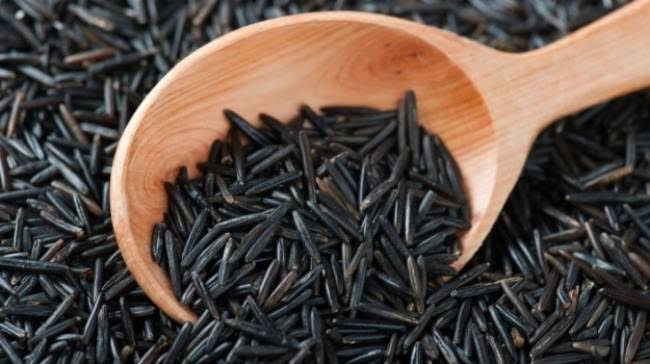rice

Types of Rice
-
Jasmine Rice
Jasmine rice, mainly produced in Northeast Thailand, is a long-grain variety that is farmed only once a year. It belongs to both Indica and Aromatic family. The unique pandan fragrance and the moist, smooth flavor are the typical characters of Jasmine rice. However, its fragrance easily disappears within a few months. The strict and detailed standards in Thailand have helped to keep a high quality of rice, making it one of the most popular and most exported varieties just after Basmati rice. Hom Mali, produced in Roi Et, Ubon Ratchathani, Burirum and other Northeast Thailand areas, is the most worldwide famous jasmine rice for its top quality grains. One of the best brands recommended is ROYAL UMBRELLA.



-
Kalanamak Rice
The rare Kalanamak is one of the finest quality scented rices of India. It is quite popular in Himalayan Tarai of eastern Uttar Pradesh, India, and is also known as the scented black pearl of Uttar Pradesh. It was also featured in the book 'Speciality rices of the world' by Food and Agriculture Organization of the United Nations. Kalanamak rice is said to outshine even the most exclusive Basmati rice in all quality traits except grain length. Kala Namak rice is a non-basmati rice with short to medium grain length. Aroma of Kalanamak rice, which is said to be the gift of Gautam Buddha, is stronger than all Basmati varieties. Elongation after cooking, which is one of the most important quality trait in the international rice market, is 40% greater than Basmati rice. Cooked kalanamak is softer and fluffier that other rice varieties. Amylose content is close to 20% as compared to 24% and higher in Basmati. High amylose levels tend to make the rice cook firm and dry. Rice with a medium amylose content of between 16% and 22% usually cooks softer and the grains stick together more readily. Kalanamak rice is rich in micro-nutrients such as Iron and Zinc. Therefore, having this rice is said to prevent diseases borne out of Iron and Zinc deficiencies. It is said that regular intake of Kalanamak rice can prevent Alzheimer’s disease. Government of India came out with Nutri-Farm scheme in 2013, with the aim to promote food crops that have critical micro nutrients to fight malnutrition and improve nutrition status of the vulnerable section of society. Kalanamak rice was one of the nutri-crops selected for this scheme.


